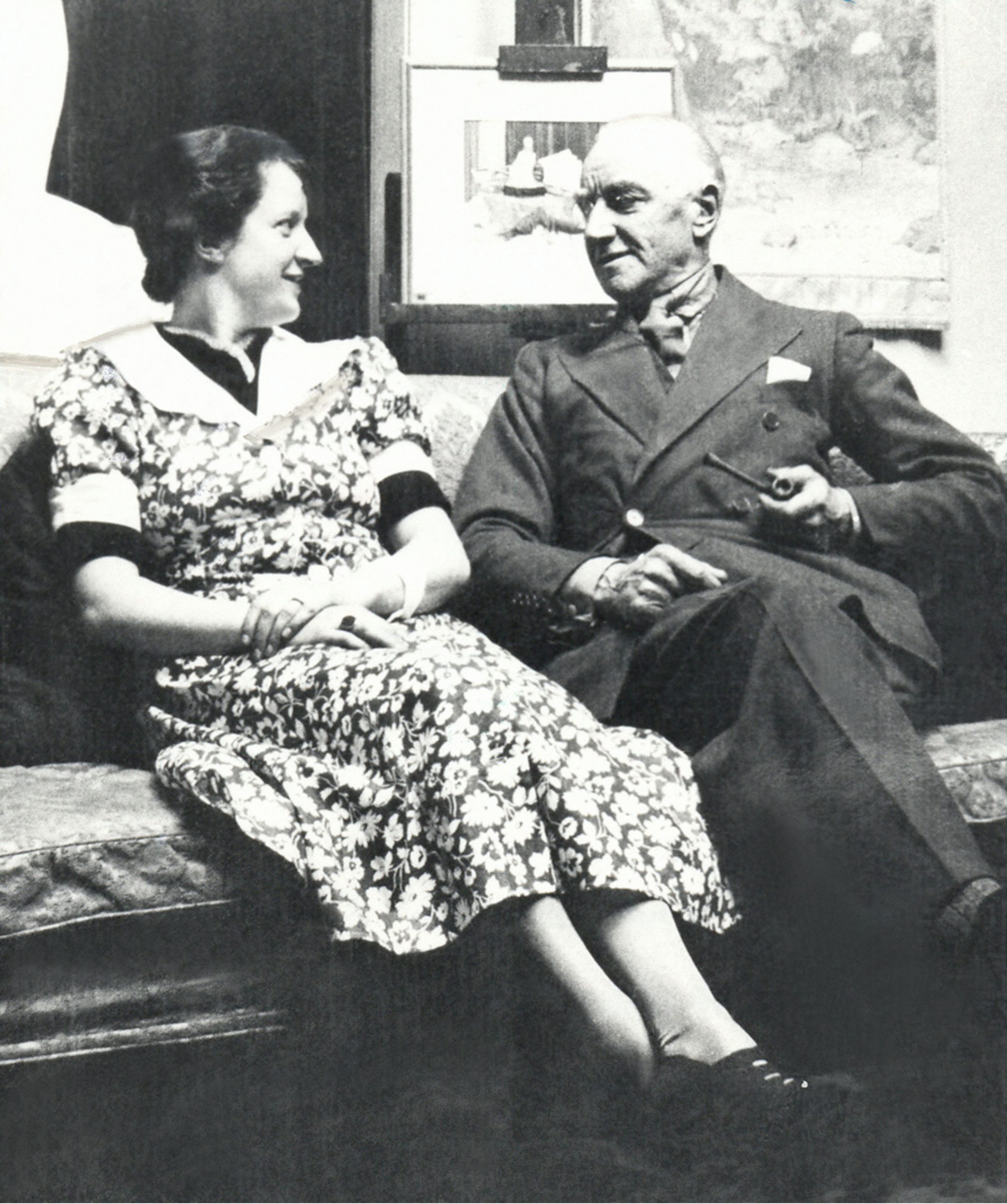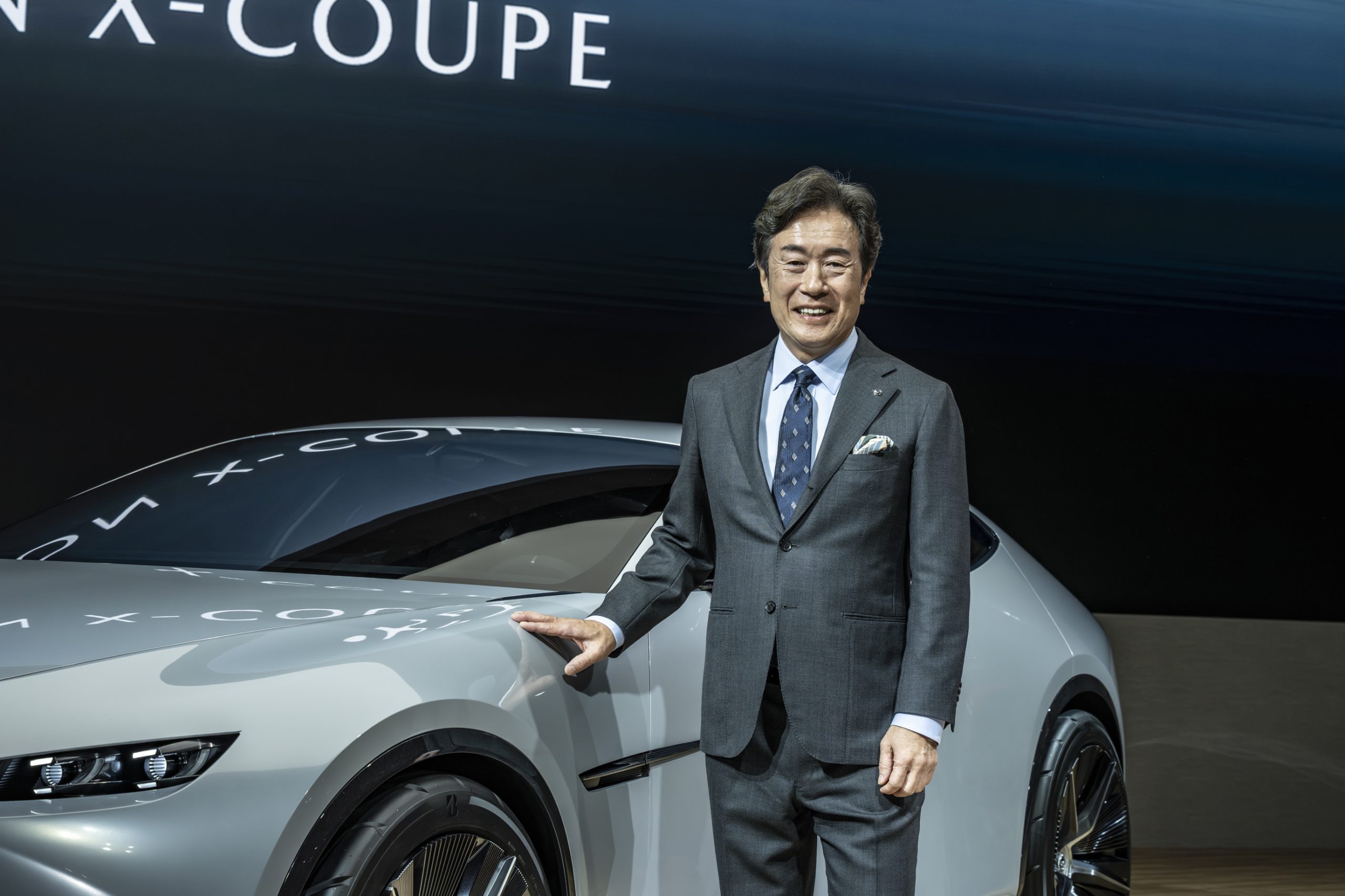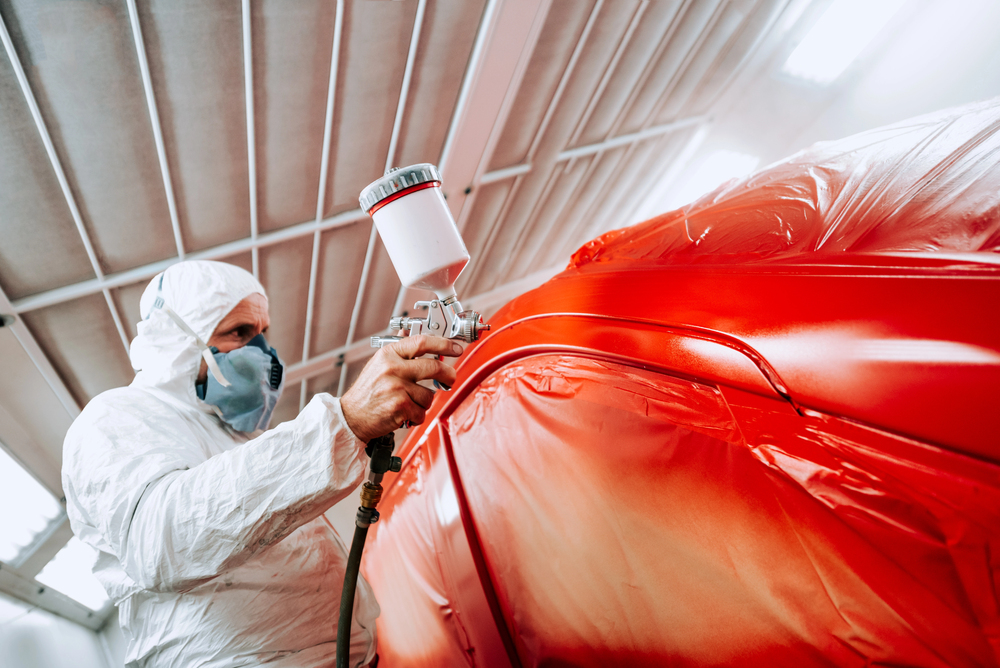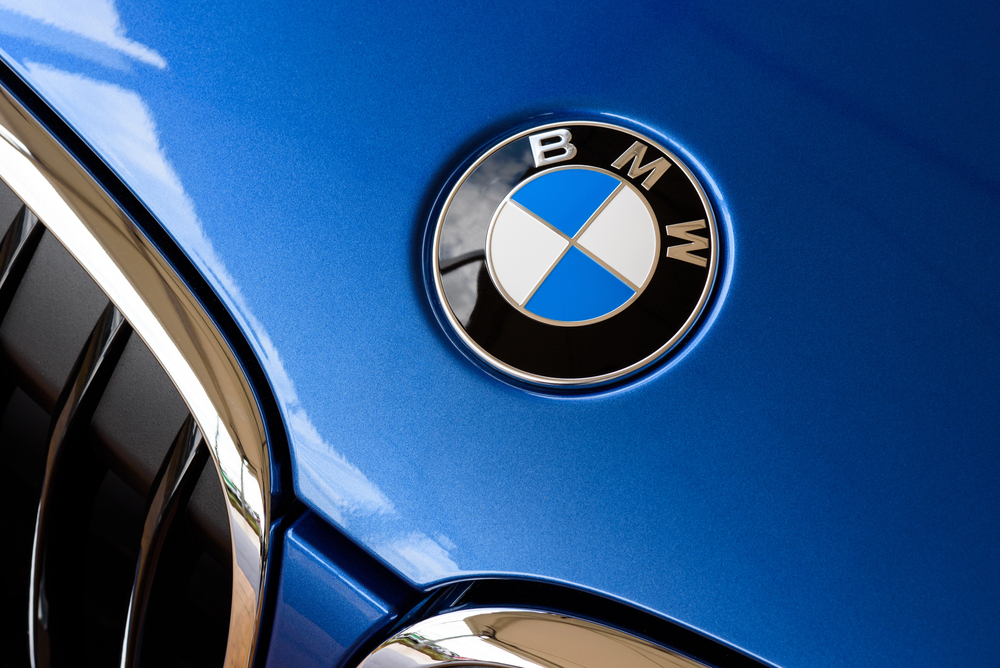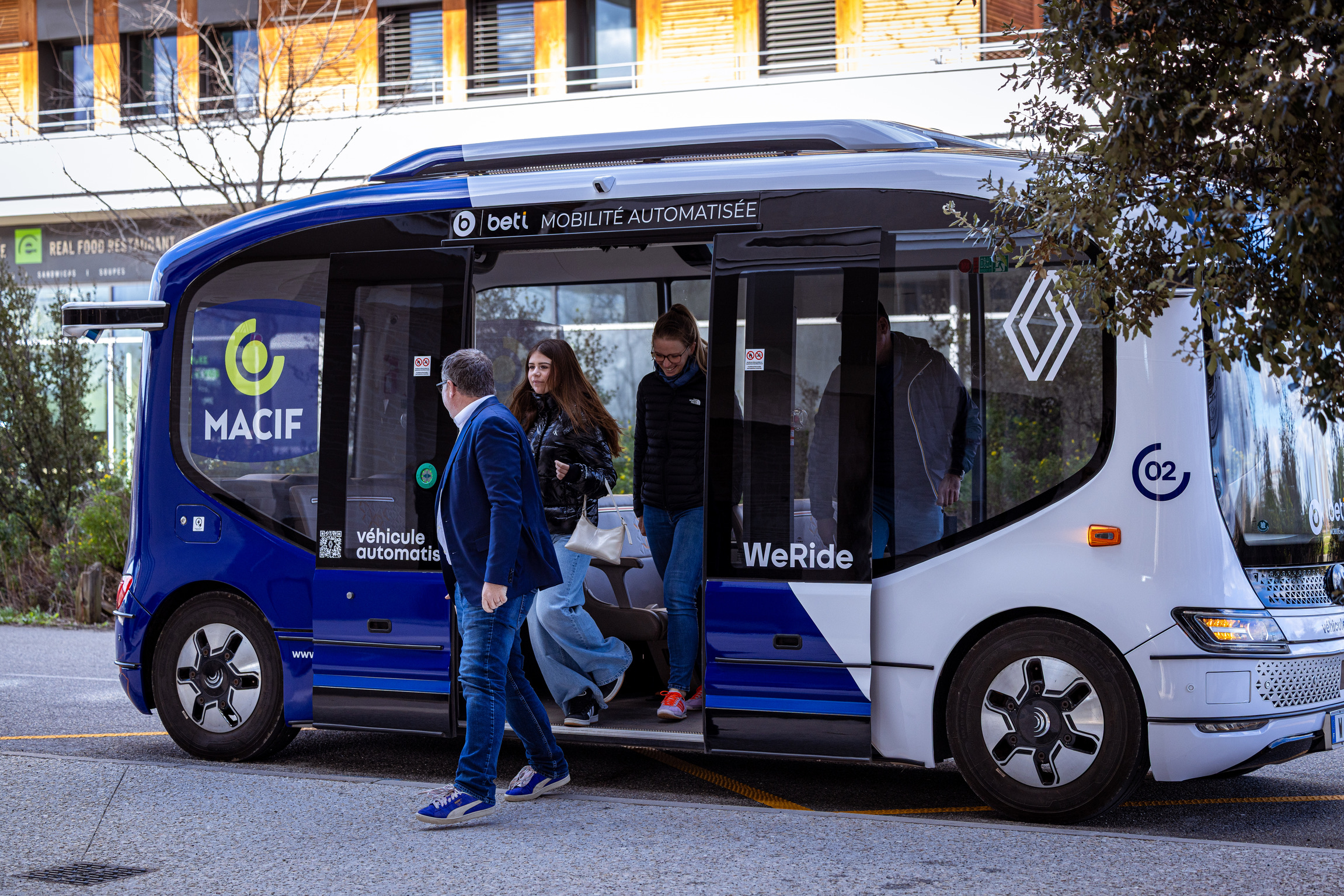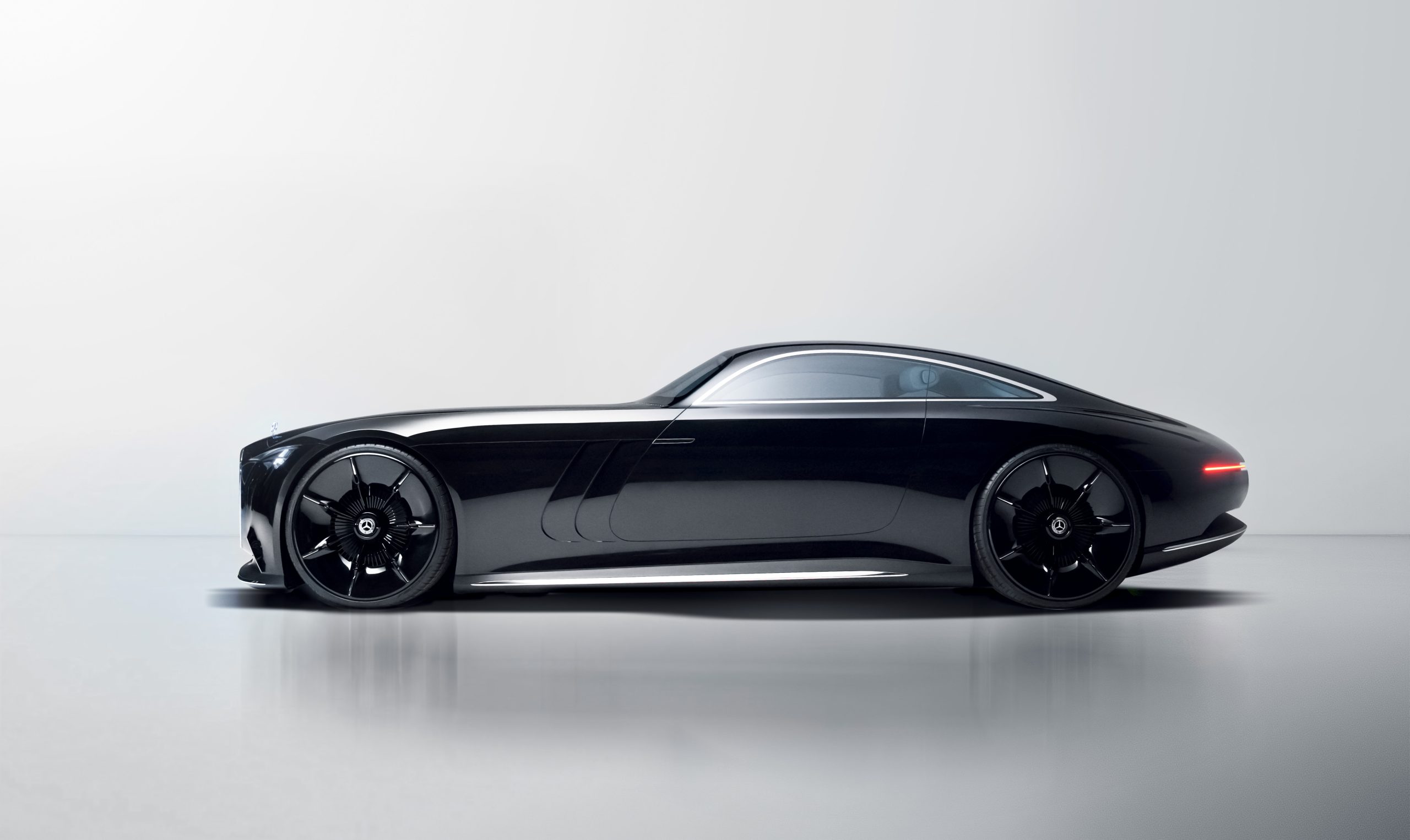Is the Lamborghini Veneno a V12?
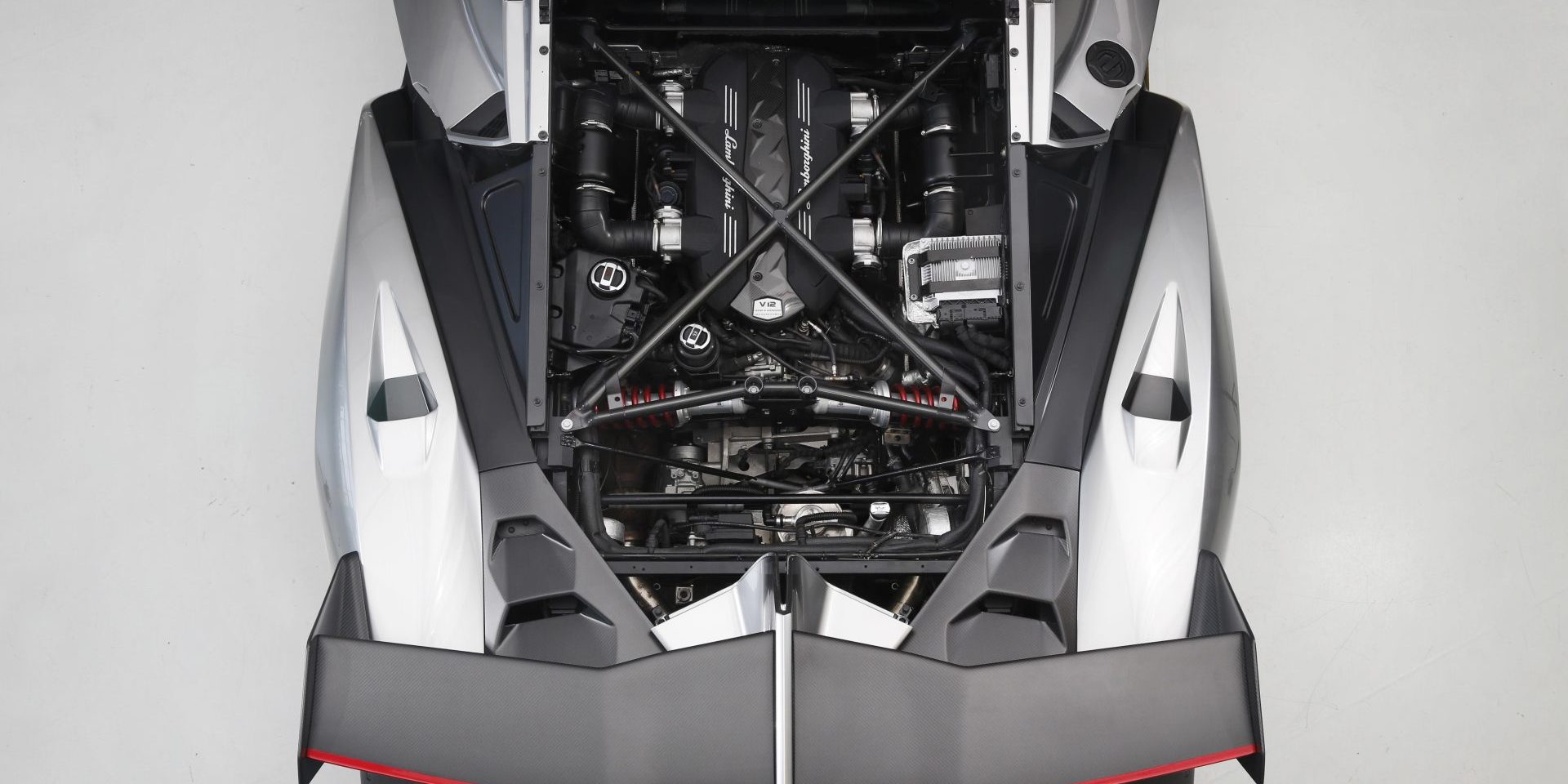
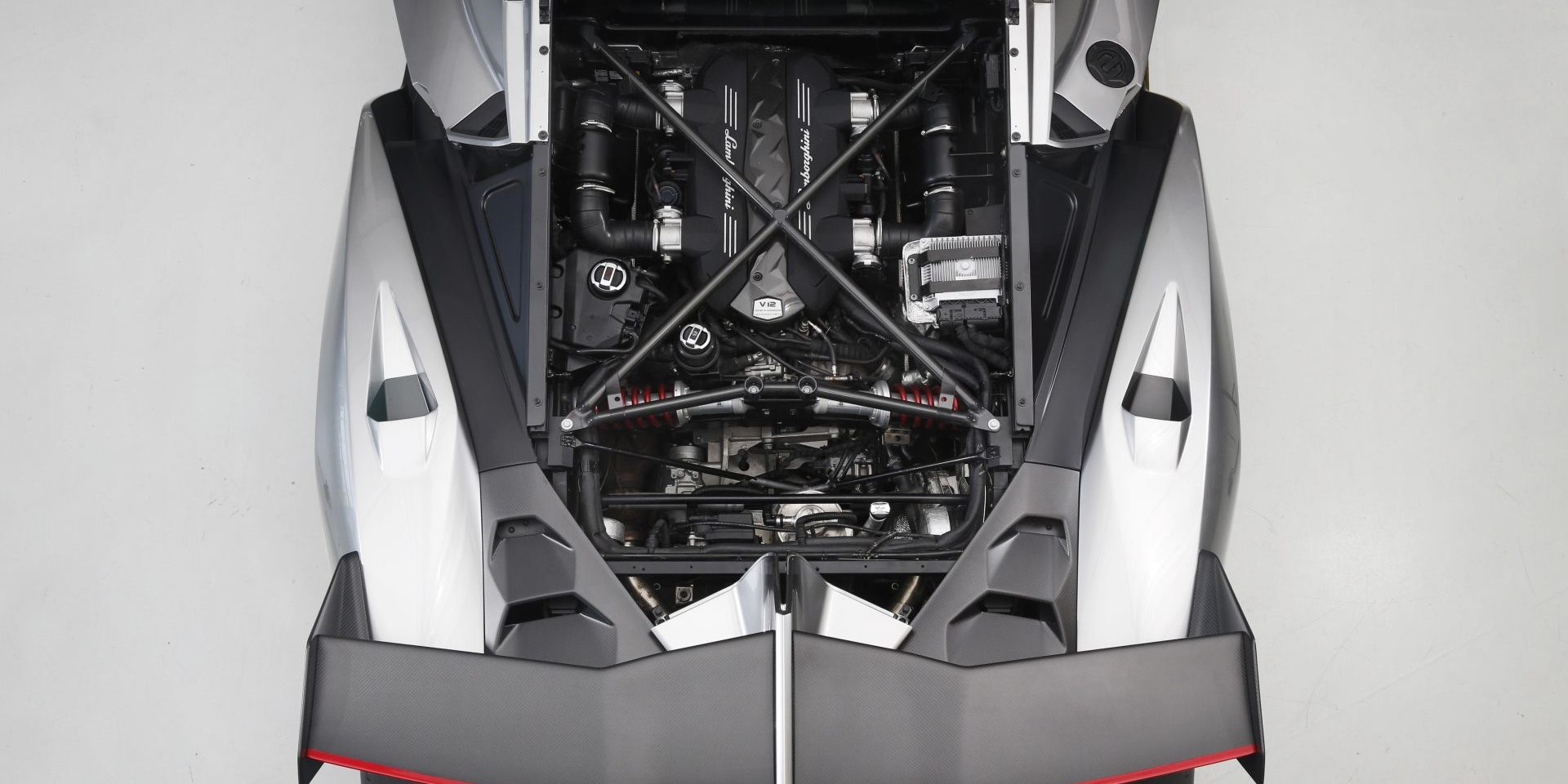
- The Lamborghini Veneno is powered by a 6.5-litre naturally aspirated V12.
- Its V12 produces 750 horsepower, reaching 8,400 rpm with blistering acceleration.
- Based on the Aventador’s engine, it was reworked for higher output and exclusivity.
The Lamborghini Veneno stands as one of the most exclusive hypercars ever created, with only 14 units produced to commemorate Lamborghini’s 50th anniversary in 2013. The Lamborghini Veneno is powered by a naturally aspirated 6.5-liter V12 engine that generates 750 horsepower and 509 lb-ft of torque. This powerplant represents the pinnacle of Lamborghini’s engineering capabilities and serves as the foundation for the Veneno’s extraordinary performance credentials.
Built on the Aventador platform, the Veneno takes the V12 formula to new heights with advanced aerodynamics and lightweight construction. The car achieves a top speed of 221 mph and accelerates from 0-62 mph in just 2.8 seconds. These figures place it among the fastest production cars ever manufactured.
The engineering behind this hypercar extends beyond raw power output. The V12 engine works in harmony with sophisticated aerodynamic elements and cutting-edge materials to create a machine that delivers both track-focused performance and road-legal functionality. Understanding the technical specifications and design philosophy reveals why the Veneno commands such reverence in automotive circles.
Lamborghini Veneno’s V12 Engine: Core Specifications
The Lamborghini Veneno houses a naturally aspirated 6.5-liter V12 engine that produces 750 horsepower and 690 N⋅m of torque. This powerplant connects directly to Lamborghini’s Aventador platform through shared architecture and enhanced performance modifications.
6.5-Liter V12 Architecture
The Veneno’s V12 engine displaces 6,498 cm³ (396.5 cubic inches) with a 60-degree V configuration. The engine features multi-point injection (MPI) technology for fuel delivery.
Bore and stroke measurements reach 95mm x 76.4mm (3.74 x 3.01 inches). The naturally aspirated design eliminates turbocharging or supercharging systems.
The V12 architecture maintains Lamborghini’s traditional approach to high-performance engines. The 60-degree angle between cylinder banks provides optimal balance and compact packaging.
This engine configuration allows for high-revving characteristics typical of Lamborghini’s V12 lineup. The naturally aspirated setup delivers immediate throttle response without turbo lag.
Power Output and Performance Figures
The Veneno’s V12 generates 750 PS (740 horsepower) at 8,400 rpm. Peak torque reaches 690 N⋅m (509 lb-ft) at 5,500 rpm.
Power delivery extends to high rpm ranges, characteristic of naturally aspirated engines. The engine produces maximum output near its 8,400 rpm redline.
These figures represent significant output for a naturally aspirated V12. The power-to-displacement ratio demonstrates advanced engineering and optimization.
The engine’s torque curve provides strong mid-range performance while maintaining high-rpm capability. This combination supports both acceleration and top-speed performance.
Transmission and Drivetrain Details
The Veneno employs a 7-speed ISR (Independent Shifting Rod) transmission system. Power transfers through an all-wheel-drive (AWD) system to all four wheels.
The ISR transmission provides rapid gear changes without a traditional clutch pedal. Shift speeds occur faster than conventional manual or automatic transmissions.
AWD distribution manages power between front and rear axles based on driving conditions. The system optimizes traction and stability during acceleration and cornering.
The drivetrain configuration supports the engine’s high power output while maintaining control. Electronic systems monitor and adjust power delivery continuously.
Connection to the Aventador
The Veneno’s engine derives from the Aventador’s 6.5-liter V12 with specific modifications for increased output. Base architecture remains identical between both models.
Performance improvements include enlarged air intakes and modified exhaust systems. These changes increase airflow and reduce back pressure.
The modifications boost power output from the Aventador’s base figures to the Veneno’s 750 horsepower. Engineering changes focus on breathing and exhaust flow optimization.
Shared components reduce development costs while allowing performance enhancements. The Aventador platform provides a proven foundation for the Veneno’s extreme performance requirements.
Engineering Innovations and Hypercar Design
The Lamborghini Veneno represents a peak achievement in automotive engineering, combining a naturally aspirated 6.5-liter V12 engine with groundbreaking construction techniques. Its design incorporates advanced aerodynamic solutions, sophisticated interior technologies, and exclusive production methods first showcased at the 2013 Geneva Motor Show.
Lightweight Construction Techniques
The Veneno employs extensive carbon fiber construction throughout its chassis and body panels. This approach reduces overall vehicle weight while maintaining structural rigidity necessary for high-performance driving.
Carbon fiber components include the monocoque chassis, body panels, and interior elements. The material offers a superior power-to-weight ratio compared to traditional steel or aluminum construction methods.
Forged composite materials appear in specific areas where additional strength is required. These materials combine carbon fibers in a forged process that creates parts with exceptional durability.
The lightweight construction directly impacts acceleration performance. The Veneno achieves 0-60 mph acceleration in approximately 2.8 seconds, partly due to its reduced mass.
Sant’Agata Bolognese facilities utilize specialized manufacturing processes for these advanced materials. Each component undergoes precise fabrication to meet the hypercar’s performance specifications.
Advanced Aerodynamics and Downforce
The Veneno’s aerodynamic package generates substantial downforce at high speeds. Its design incorporates racing-derived elements that improve stability and cornering performance.
A prominent rear wing dominates the vehicle’s profile. This component adjusts airflow to create downforce while minimizing drag at the vehicle’s rear section.
The front splitter and side air intakes channel airflow around the vehicle’s body. These elements work together to reduce turbulence and improve overall aerodynamic efficiency.
A rear diffuser manages airflow underneath the vehicle. This component accelerates air movement beneath the car, creating a low-pressure zone that pulls the vehicle toward the road surface.
Sharp body lines and aggressive angles serve functional purposes beyond aesthetics. Each design element contributes to the vehicle’s ability to cut through air efficiently at speeds approaching 221 mph.
Interior Technologies and Features
The Veneno’s cabin incorporates racing-inspired technologies adapted for road use. A digital instrument panel displays critical performance data including speed, engine parameters, and system status information.
Carbon fiber bucket seats provide lateral support during high-speed cornering. These seats feature lightweight construction consistent with the vehicle’s overall design philosophy.
The interior layout prioritizes driver focus and control. Essential controls remain within easy reach while unnecessary comfort features are eliminated to reduce weight.
Alcantara upholstery covers key contact surfaces including the steering wheel and gear shifter. This material provides grip and durability under demanding driving conditions.
The dashboard design reflects the vehicle’s aeronautical inspiration. Controls and displays mirror aircraft cockpit layouts, emphasizing the connection between automotive and aerospace engineering.
Limited Production and Debut
Lamborghini produced only three road-going Veneno units for customer purchase. This extreme limitation makes the model one of the rarest production vehicles ever manufactured.
The 2013 Geneva Motor Show served as the Veneno’s global debut platform. The vehicle’s appearance marked Lamborghini’s 50th anniversary celebration with this exclusive hypercar model.
A Veneno Roadster variant followed the original coupe design. This open-top version maintained the same mechanical specifications while featuring structural modifications for roof removal.
The limited production run contributes to the Veneno’s status as both a hypercar and a collector’s item. Its rarity places it among the most exclusive automotive offerings in the supercar segment.
You may also like…
The 10 Most Iconic Lamborghinis Of All Time
Is The Lamborghini Veneno Street Legal?
Lamborghini Veneno FAQs
What engine does the Lamborghini Veneno have?
The Lamborghini Veneno is powered by a naturally aspirated 6.5-litre V12 engine, the same base unit used in the Aventador but tuned for more power. In the Veneno, this engine produces 750 horsepower at 8,400 rpm, sending power through a seven-speed ISR automated manual gearbox and permanent all-wheel drive. The V12 layout gives the Veneno its trademark sound and allows it to accelerate from 0 to 60 mph in just 2.8 seconds, making it one of the most powerful road-legal Lamborghinis ever built.
Is Veneno the fastest Lambo?
The Lamborghini Veneno is incredibly fast, with a top speed of around 221 mph (355 km/h). However, it is not the fastest Lamborghini ever produced. That title belongs to the Lamborghini Aventador LP 780-4 Ultimae, which reached higher performance figures thanks to its advanced aerodynamics and refined version of the same 6.5-litre V12 engine. While the Veneno remains one of the rarest and most exclusive Lamborghinis, the Ultimae holds the crown for outright speed.
Why is the Veneno so special?
The Lamborghini Veneno is special because it was built to celebrate Lamborghini’s 50th anniversary in 2013 and produced in extremely limited numbers. Only three coupes and nine roadsters were sold to private buyers, making it one of the rarest Lamborghinis in history. Beyond rarity, the Veneno features radical aerodynamics inspired by prototype racing cars, including an oversized rear wing and extreme body sculpting to maximise downforce. Combined with its 750-horsepower V12, lightweight carbon-fibre construction, and futuristic styling, the Veneno is regarded as more than just a supercar; it is a collectable hypercar.
How much did the last Veneno sell for?
The Lamborghini Veneno has become one of the most valuable modern hypercars. In recent auctions, Venenos have sold for between 8 million and 9 million dollars, far above their original launch price of around 4 million. The increase reflects both the car’s rarity, only 12 customer cars exist, and its status as a landmark model in Lamborghini’s history. Prices continue to rise as collectors view it as one of the most significant limited-edition Lamborghinis ever made.
Is the Veneno just an Aventador?
The Lamborghini Veneno is based on the Aventador platform but is far from being just a rebadged version. It uses the same 6.5-litre V12 engine but tuned to higher output, and the chassis was extensively reworked with lightweight carbon-fibre components. The Veneno also has a completely new aerodynamic design, including a unique body shape, wider track, and larger aero surfaces. While it shares mechanical DNA with the Aventador, the Veneno was engineered and styled to be a standalone hypercar with performance and rarity that set it apart.


